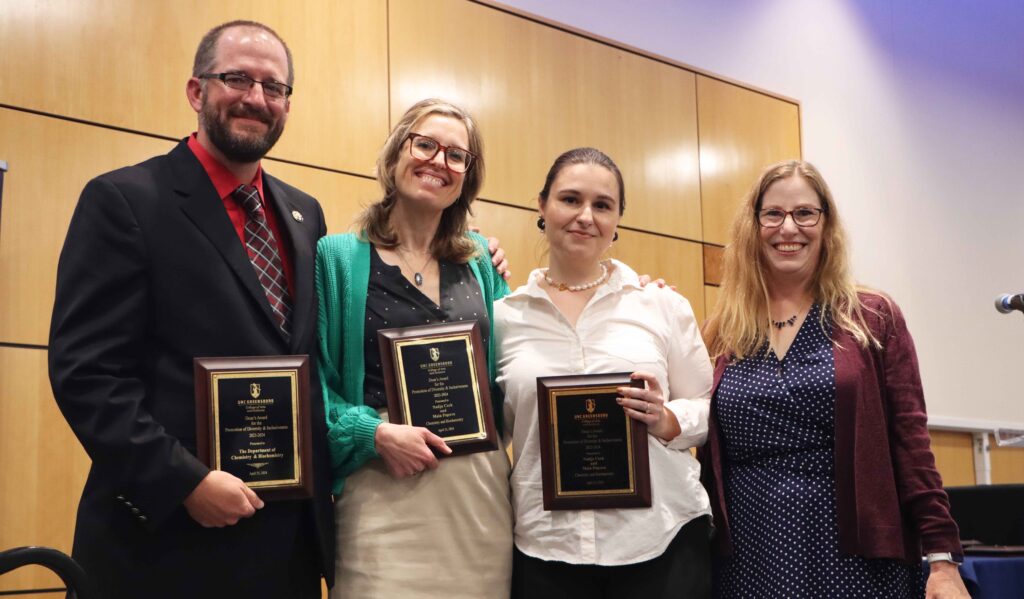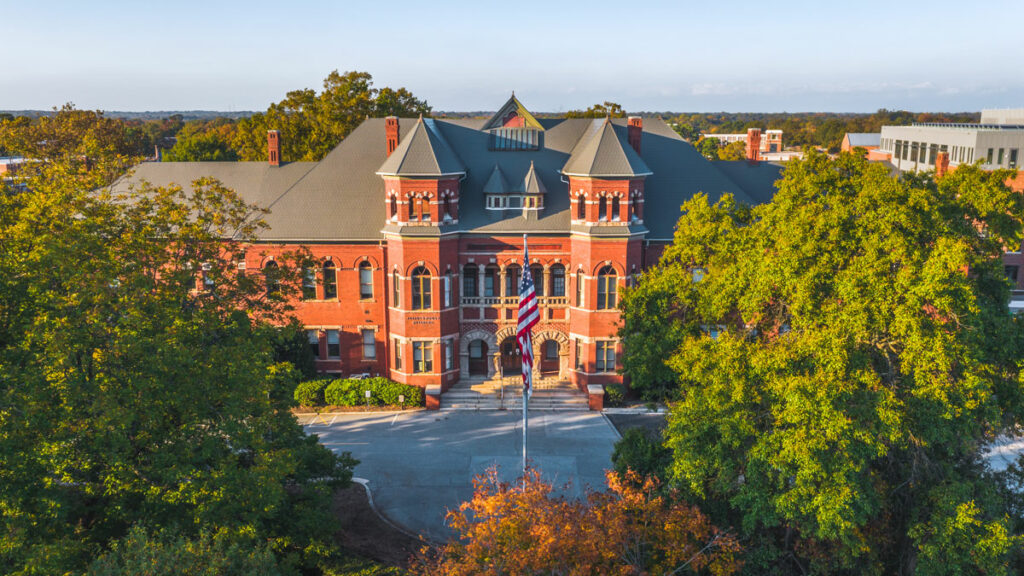Alyssa Young, a PhD student in Biology working with Dr. Sally Koerner, has been awarded a prestigious Predoctoral Fellowship from the US Department of Agriculture. The award, which is for three years and totals $180,000, provides a stipend, tuition, and funds for travel and research supplies. Young’s project is titled, “Understanding symbiotic nitrogen fixation in longleaf pine savannas to enhance production.” Learn more about her research on her website: https://alyssayoungecology.weebly.com/
Project Abstract
The longleaf pine (LLP) savanna of the Southeast US covers a mere 3% of its original 92-million acres and is in dire need of restoration. As a fire dependent ecosystem, productivity of the understory enables fire spread, maintaining ecosystem health and function. Thus, the vegetation-fire feedback loop is a primary restoration goal. Yet fire also creates resource constraints as nitrogen (N) is lost to the atmosphere during biomass burning. Legumes have the potential to overcome N-limitation through forming a symbiosis with N-fixing bacteria (rhizobia). Rhizobia live in root nodules and fix atmospheric N, and in return, legumes provide rhizobia with shelter and photosynthates. This symbiosis has potential to be a useful tool in the restoration of LLP savannas, as rhizobia facilitate the return of bioavailable N after losses from fire, thereby increasing understory productivity and ensuring the return of the vegetation-fire feedback loop. The legume-rhizobia symbiosis could eliminate the need for fertilizers while still promoting ecosystem productivity and fire spread, thus contributing to the long-term sustainability of LLP savanna restorations and minimizing the environmental management footprint. However, the drivers of N-fixation rates and the utility of rhizobia inoculations have not been explored. Here, the proposed research aims to (1) determine biotic and abiotic factors driving N-fixation, and (2) assess how rhizobia inoculations influence N-fixation, plant productivity, and N-content.





